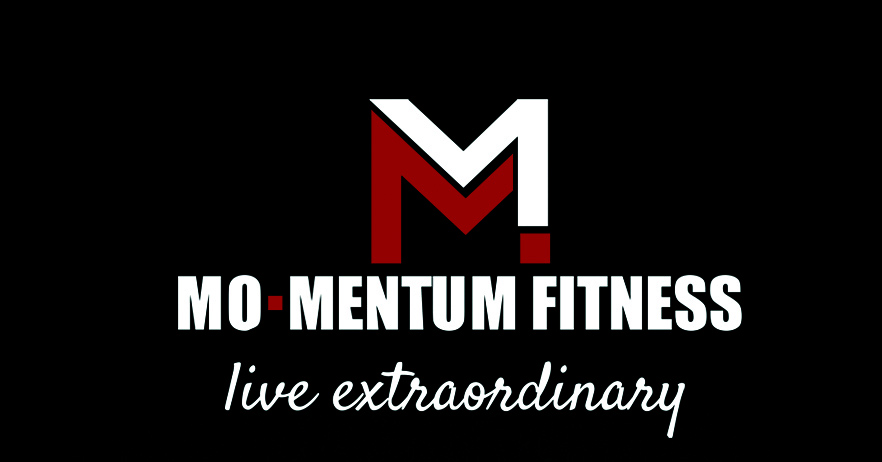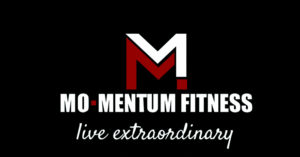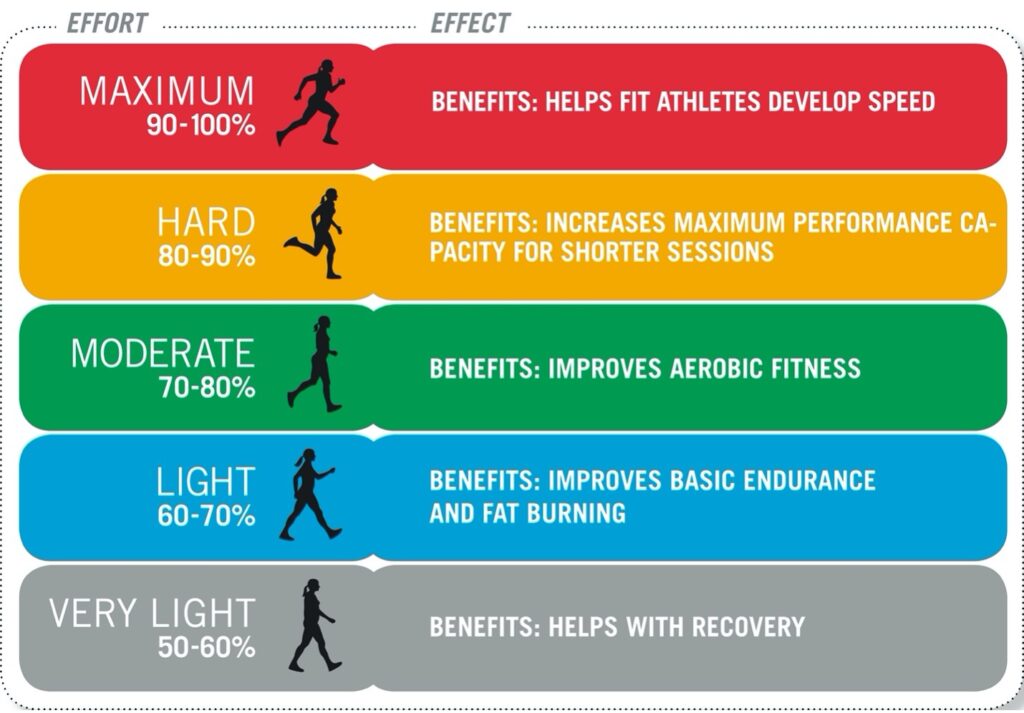By Amanda Mittleman, MS
There are many elements to an effective exercise and weight-loss program including nutrition, strength and cardiovascular exercise and other daily physical movement, recovery and mindfulness routines and mobility training too.
We need to address all of these elements to create a program that will help you reach your individual goals and then to maintain the lifestyle that helped you reach those goals.
Understanding your heart rate while you’re exercising (at any intensity) as well as when you’re not training is essential because your heart rate is the window to the effectiveness of your training and to your overall health.
One of the reasons many people stop exercising is because they hit a plateau and they stop seeing the results they were been working so hard to achieve. What we preach and teach at Mo-Mentum Fitness is to enjoy the journey. One of the important factors for losing weight and keeping it off and more importantly creating and living a healthy lifestyle is learning to connect with your body and the messages it’s sending you.
It’s very easy to get caught up in our own heads telling ourselves, “I’m not working as hard as everyone else.” This is actually one of the biggest reasons we love heart rate training at Mo-Mentum. Many of women and men are too hard on ourselves and heart rate training reminds us we’re right there with everyone else, even as a beginner!
Heart rate training also reminds us that when we think we might by “dying,” that we’re JUST FINE, KEEP GOING!
Heart rate training allows your trainer to design the best fit program for you needs and it allows you to personalize your training session even in a group fitness class.
Energy Systems and Heart Rate
EVERY process in the human body requires energy. That “energy” is provided to our body in the form of adenosine triphosphate (ATP), which is produced in our cells from the food we feed ourselves and the oxygen we breathe.
We produce ATP with both our aerobic (with oxygen) and anaerobic (without oxygen) energy systems. We live most of our lives in our aerobic energy system, because it’s far more efficient. We exercise mostly in our aerobic system as well. Very intense exercise, above 85% of your HRmax also produces ATP anaerobically (without oxygen).
At rest, a generally healthy heart beats at a rate of approximately 60 to 80 beats per minute (BPM) while a well-conditioned heart can beat at a rate of 60 times per minute. Some elite endurance athletes have resting heart rates as low as 40 BPM.
A well-conditioned heart conserves energy and supplies oxygen-rich blood to the entire body with about half the effort. As you become more conditioned you should see your resting heart rate drop a bit as it becomes more efficient.
Your heart is a muscle that becomes stronger with a consistent exercise routine that progressively increases the demand for oxygen but also varies in intensity and includes recovery days as well.
To live vibrantly its absolutely critical to keep your aerobic and anaerobic energy systems strong.

Heart Rate Training Zones
Heart rate zones (HR zones) are a way to monitor the intensity of your training. There are 5 heart rate zones based on the intensity of training with regard to your maximum heart rate.
An effective exercise plan will include various types of workouts with varying intensities, load, durations and frequencies. This is why we offer so many different types of classes. Our personal trainers also vary your training programs with these same factors.
Maximal heart rate (Max Heart Rate or HRmax) is the highest number of beats per min (BPM) that your heart can work safely. It’s often determined by this formula: 220- your age= Max Heart Rate. Although this formula isn’t always accurate if you’ve been training for many years your Max will probably be different than what you would see from this formula.
Your training heart rate (THR) uses your HRMax rate as a guide for exercise training. There are different ways to specify your heart rate training zones. At Mo-Mentum we define your heart rate zones as percentages of your HRmax. We use Polar and MyZone training systems to measure your heart rate. This allows you and your trainer to monitor your heart rate as you train.
FIVE HEART RATE TRAINING ZONES
When you are using your Polar or MyZone straps you will be using five different heart rate zones, 1–5 to help you track your heart rate.
Below is a breakdown of what each heart rate zone means and what the benefits of training in that heart rate zone are.

This is the low intensity zone. Training at this intensity will boost your recovery and get you ready to train in the higher heart rate zones.
To train at this intensity, pick a form of exercise that allows you to easily control your heart rate, such as walking slowly, yoga, or Tai Chi.
HEART RATE ZONE 2: 60–70% OF HRMAX

Exercising in heart rate zone 2 feels light and you should be able to go on for a long time at this intensity.
This is the zone that improves your general endurance: your body will get better at oxidizing – burning fat and you can improve your muscular fitness along with your capillary density.
HEART RATE ZONE 3: 70–80% OF HRMAX

Working out in heart rate zone 3 is especially effective for improving the efficiency of blood circulation in the heart and skeletal muscles. This is the zone in which you’ll feel the burn of lactic acid as it begins to build up in your bloodstream.
HEART RATE ZONE 4: 80–90% OF HRMAX

Heart rate zone 4 is where the going gets tough. You’ll be breathing hard and working aerobically until you reach about 85% and higher where you’ll begin to utilize your anaerobic energy system.
Training at this intensity, helps to improve speed and endurance. And you’ll be able to withstand higher levels of lactic acid in your blood for longer.
HEART RATE ZONE 5: 90–100% OF HRMAX

Heart rate zone 5 is your maximum effort. Your heart, your blood and your respiratory system will be working at their maximal capacity. Lactic acid builds up in your blood and you can’t talk a one-line sentence. You’ll be able to continue at this intensity for only a minute or two.
Training in the red is a great way to challenge your body and step out of your comfort zone. However, you don’t have to reach the “red zone” during your workout, to have a great workout.
Participating in a variety of exercise and different intensities of exercise are both essential to improve your overall fitness and wellness. Use your heart rate monitor to pay attention to how your body feels in the different training zones of intensity and on different days as well. When you’re tired your heart rate may go higher faster. Heart rate training will help you to know when to push yourself and when to rest and it will help you connect to your body’s signals better.
What’s The Heart Rate Zone To Train At To Lose Fat and Get Healthier?
For general cardiovascular training it’s good spend most of your training time somewhere between 40% to 85% of HRmax. To advance your endurance (your aerobic capacity) faster you’ll want to spend more time in the heart rate training ranges between 65% and even more time closer to 85% of HRmax.
However, beginners won’t have the capacity to train at higher heart rate ranges right away. Instead, it’s better to gradually increase a beginner’s intensity over time. For example, someone who hasn’t exercised in several months or years would start training at 60% of their HRmax and remain there for about a month. On the fifth week, we would shoot for 65% of HRmax. Every person is different so sometimes we move faster than this and sometimes we move slower.
The human body is designed to adapt to the environment we provide it in terms of movement and exercise intensity. So adding intensity slowly will help you increase aerobic capacity without you feeling like you blew out your lungs or overstressing your system.
Starting at a lower aerobic training range is great if that’s where your body needs to begin training. The good news is that you’ll still be making major healthy improvements in your body.
Commonly Asked Questions and Misconceptions
- When do I burn fat and when do I burn sugar during a workout?
Both fuels, fat and sugar (carbohydrate) are actually burned simultaneously at almost all levels of exercise. When you reach the highest intensities of exercise, I’m talking close to 100% HRmax, your body will choose one over the other. Resistance training is considered an anaerobic workout and so is sprinting, while jogging and walking considered aerobic. In reality many exercise programs combine a little of both aerobic and anaerobic training.
- How Accurate Is The Popular Equation “220- AGE = HRmax” For Finding My HRmax?
If you’re over the age of 40 years, the equation 220-age = HRmax may not be as accurate as we once thought and may not be the best equation for you.
One reason for this may be that the population of individuals over the age of 40 who volunteered for the study from which this formula was derived may not have been representative of the general population. They were highly sedentary.
In 2001, a study published in The Journal of the American College of Cardiology, in which researchers examined data from 351 studies (18,712 participants/subjects) and determined that the equations, 220-age= HRmax” was underestimating HRmax in adults over 40 and the older the adult the more prevalent the error.
The researcher’s conclusion was the following equation to more accurately estimate HRmax in older adults:
208 – (0.7 x AGE)
Using this new equation for a 60-year-old person using 220 – AGE = HRmax would be an HRmax of 160 BPM.
With the new formula her HRmax would be 6 BPM higher….
208 – (0.7 x 60)= 166 BPM HRmax
The issue with using a lower HRmax to calculate your training zones is that you could end up training in a HR zone that is below your true capacity.
What we do here at Mo-Mentum Fitness is we use the heart rate monitor with your perceived exertion to help you determine your true HRmax. And as always you will need to be cleared by your doctor before training.
- Will I Burn More Fat When I Train In The Fat Burning HR Zones?
This is probably one of the most misleading ideas when it comes to cardiovascular training as the fat burning vs carbohydrate burning model. This model is based on the physiology that lower levels of exertion require a higher percentage of fat burned compared to carbohydrate. In terms of equations this is absolutely right, however in the real world many factors interrupt the simplicity of this formula.
First, fat is burned at all intensities of aerobic training. Second, the we tend to think when we hear “fat burning,” during cardiovascular exercise that fat is the only fuel being burned. The term commonly used is “fat burning zone.” It’s then assumed that no fat is burned during anything other than long slow cardiovascular work.
Another BIG problem is that “fat-burning mode” which is slow, and the lower heart rate training zones, is too slow for people to maximize the benefits of exercise. And, to top that off, at the end of a “slow, low heart rate, fat-burning workout,” you’ve burned less calories and thus less fat overall.
Here’s an example of what I mean (I borrowed this from Dr. Robert Bargar, MD’s article listed below.)
If you have a 150-pound moderately fit man walking on a treadmill for 60 minutes at 3.0 mph (fat burning mode), he’ll burn 300 calories. Since he’s moderately fit he’ll burn 60% of his calories from fat (180 calories) and 40% from carbohydrates (120 calories).
HOWEVER, if this same man walks on the treadmill for 60 minutes at 4.0 mph, he’ll burn 400 calories with approximately 50% of the calories from fat (200 calories) and 50% from carbohydrates (200 calories). The percent of fat burned may have been less at 4.0 mph but he still burned more overall fat and carbohydrate calories in the higher intensity workout.
Did you know that exercise makes you smarter as you age?
Researchers are consistently finding that regular exercise, especially the cardiovascular exercise, can slow cognitive decline. Exercise helps keep the brain healthy well into later life, by supporting your brain volume in specific regions.
Did you even know the sedentary lifestyle leads to brain shrinkage especially as you age? Yup! Sitting all day everyday shrinks your brain! Consistent cardiovascular types of exercise serves to protect the executive function in your brain….the function most sensitive to aging. You don’t have to run marathons or spend hours in group fitness classes to benefit.
Exercising (moving your body) at moderate intensities for 45–60 minutes per session on as many days a week as possible will help your brain stay young and vibrant! If you are active throughout your day with activities like walking, carrying kids, cleaning, actively gardening etc. this counts too!
AND….Varying the kind of exercise you do is VERY IMPORTANT.
A University of Pennsylvania study followed more than 5,000 healthy people for 10 years found that the more various types of exercise a person did, the better their cognitive function 10 years later.
References:
- https://www.polar.com/blog/running-heart-rate-zones-basics/
- Forman, J. (2020). New York: Oxford University Press. Exercise Is Medicine. How Physical Activity Boosts Health and Slows Aging.
- https://www.onhealth.com/content/1/heart_rate_training_zone








